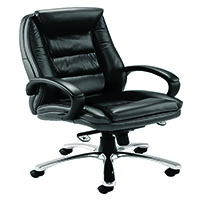After a dispute with Apple over the design rights infringement, Samsung is now involved in another possible patent abuse.
The firm is considered to be failing to live up to its Frand commitments- promise to license innovations essential to an industry on reasonable, fair and non-discriminatory terms. In 2011, Samsung sought injunctive relief in some EU member states against its competitors based on alleged infringements of some of its patent rights (patents that are considered essential to implement European telephony standards). What Samsung does not realise is that winning the ruling and enforcing such decision may potentially cause harm to the company as well as the industry. The European Commission therefore needs to establish whether Samsung has failed to honour its commitment to license key technologies to rivals.
Samsung is still involved in a dispute over patent rights with Apple. Recently, a Dutch appeals court has rejected Apple's claim that Samsung's Galaxy Tab 10.1 infringes Apple’s design patents. Some analysts view Samsung’s lawsuit as a response to Apple's legal attack. The firm succeeded in having Samsung’s tablets banned from sale in Germany last year forcing it to redesign Galaxy Tab 10.1 for the German market. The ruling against the Galaxy Tab 10.1 was upheld by the Düsseldorf Higher Regional Court today. However, Samsung is still waiting for a decision whether it can continue to sell the new redesigned tablet in Germany, which is scheduled for early February.
Samsung Cases | Samsung Hard Drives | Samsung Printers | Samsung Cartridge | Samsung Tablets | Samsung Accessories | Samsung Camcorders | Samsung TVs



%5B2%5D.jpg)














